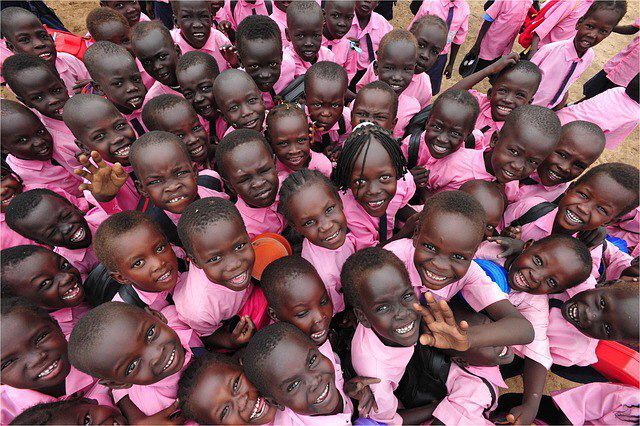|

Children Are All The Same
August 27, 2014
The more you understand about children and what they are experiencing and how you can help them be comfortable and secure, the better you can meet their needs and help them be confident and capable to engage in imaginative play.
Children have a lot to do. In two decades, they must be ready to take on the responsibilities of an adult. Eighteen is the age of majority, more or less, world wide. (I always thought that was a strange term “age of the majority”. We are more familiar with the term is “minor”. A person is a minor until they are in the age of the majority).
Each of our children is different and all children are the same. Parents that do a good job helping their children engage in and derive benefits from imaginative play recognize the individual characteristics of a child while recognizing there are universal truths about children.
All children are the same. Children are not good at setting appropriate limits. They are spontaneous and naturally drawn to joy and happiness. Children have their own ideas, interests, likes and dislikes. All children are learning to discriminate and understand advanced concepts like justice, fair play, equality, beauty, prejudice, tolerance, forgiveness, mercy, gratitude and desire. Imaginative play is where many of these concepts are initially explored. We, as parents and adults, can rely on the commonalities of children and their shared experiences to successfully generalize on how to help every child learn and grow. We can rightfully assume that our child is unique and their own person. At the same time we know that there are generalizations about children that apply to our child as they apply to all children.
Physical touch is the first language of love your child will understand. Human children are very dependent on adults for early survival. A child that is not protected by larger people is very unlikely to survive. Touch assures us that someone is close. Benefits of touch include increased confidence, sense of belonging, relaxed body and a slower heart beat. Physical touch stimulates physical reactions that are the opposite of flight or fight. Children are calmed by the reassuring closeness of someone. Children, most children, like to be held and snuggled.
Infants and toddlers are learning how language corresponds to their social interaction and well being. The more confident a toddler is in his environment, the more time and energy he has to explore and learn and extend his experiences beyond just having his needs met. Usually this means learning language; increasing their ability to have their wants and needs known and met. Sign language is becoming more popular as a way to communicate with non-verbal babies. It has been known for decades that toddlers could understand words months before being able to verbalize them. Sign language is a great way to close the gap and give your non-verbal child a way to communicate. Babies as young as six months can learn to sign. Check out BabySignLanguage.com
As your infants grow to young children are developing more complex language skills. Research is showing children under seven have the ability to absorb and learn concepts like language and music that they will not have have again. It seems the young brain is more “plastic” now than it will ever be again. You can, obviously, learn language and music when you are older but around seven the window for more natural assimilation of theses concepts is closing. Knowing this about children, early childhood is a great time to introduce or encourage your child’s curiosity or interest in learning music or another language.
Understand your child. Understand the typical development of all children. When an infant, toddler, child, has their basic needs met and can express and communicate effectively then they will have the time and inclination to engage in imaginative play. There’s a continuum of what must get done. First the child must be happy and secure and then they will adventure out.
|